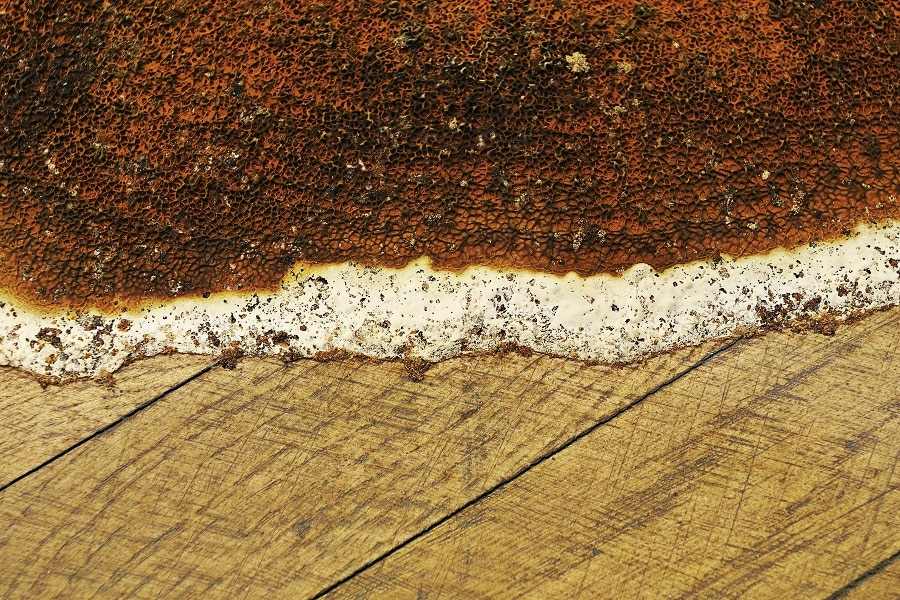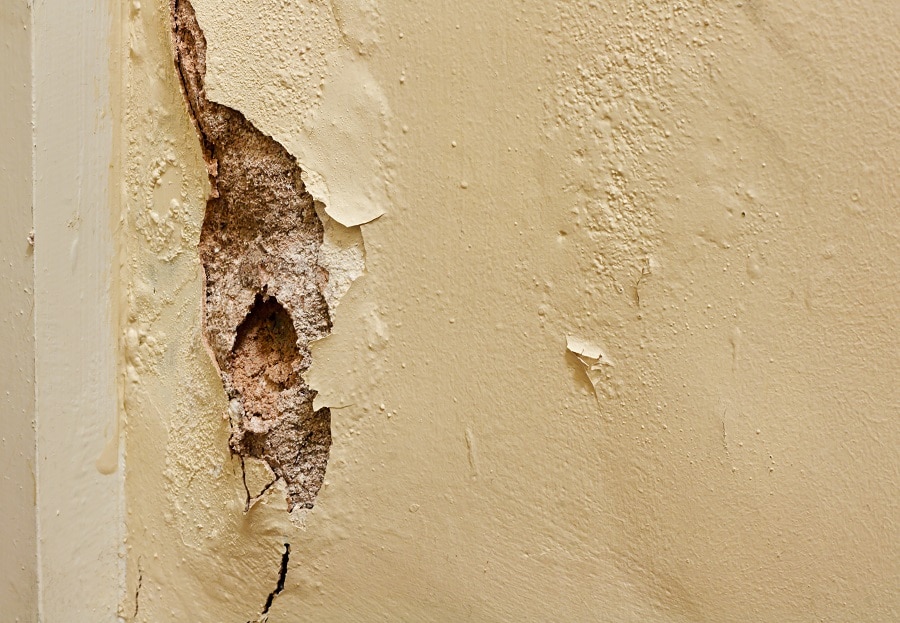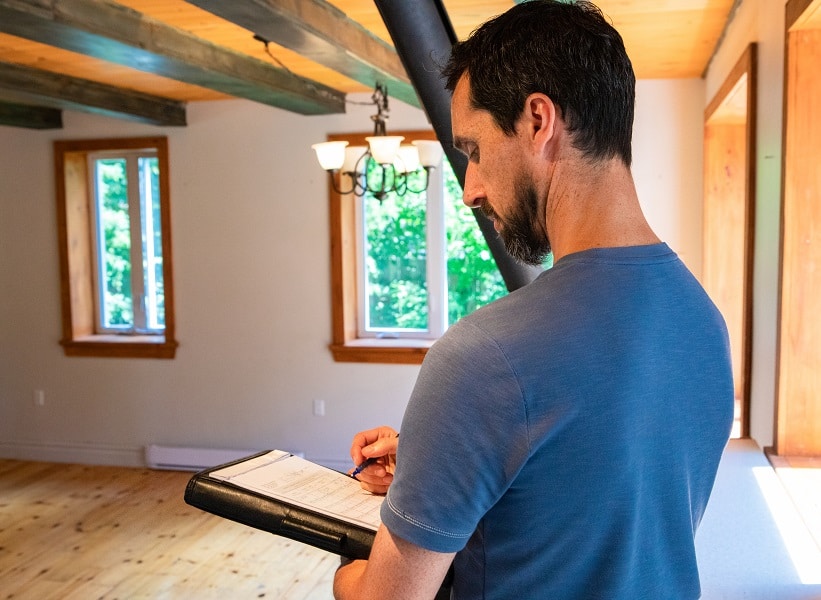What is dry rot?
Dry rot is the general word used for wood-decay fungus. As Mycelium eats wood, dry rot yields dust particles, decomposition of wood and dry rot thrive while wood is cracked by Sporocarp (fungi). Dry rot is caused by fungal spores which require a suitable place to land and start their colonies before spreading through the underlying wood. Many of the spores are already present in woods that are already affected by dry rot and in the soil.
This means that even treated wood can be re-infected by dry rot if it is damp enough (i.e., below 15 percent relative humidity). Dry rot attacks the structural parts of a property such as floor joists and rafters undetected, unlike wet rot which can only attack damp timber. It often occurs where you’re not looking. This can be behind the plaster, under your floorboards or even in your loft. This is why it’s essential to know the signs and symptoms of dry rot and to get it treated quickly.
Our Guarantee
- upto 30 year guarantee
- customer focused team
- 20 years combined experience
- portfolio of satified customers
- attention to detail
- Construction line accreditation
- public liability insurance
- CHAS accreditation
What is the difference between dry rot and wet rot?
Dry rot and wet rot have distinct spores/species, which means they look different. Unlike dry rot which can spread in minimal amounts of water, wet rot is dependent on significant moisture to spread. Contrarily, dry rot does not spread as easily as wet rot. This is so because Dry Rot fungus thrives even in eco-friendly woods like bamboo and uses the capillaries within the timber to grow. Dry rot is the most severe type of decay of fungus in a property, spreading too much of the structural timber and damaging it whether wet or dry and causing a greater risk of structural damage throughout a property. Wet rot fungus, on the other hand, happens more frequently but is less serious, usually rotting is limited to areas where the wood becomes and stays wet.
Call Our Sussex Damp Experts team now for quote, consultation and advice:
Call on 01273 257 765.
What are the causes of dry rot?
A number of fungi cause dry rot. The most popular one in Burgess-Hill is Serpula Lacrymans. it can spread from your home’s walls to the floors, and even the plaster is not fixed soon enough. Structural issues with the timber will seriously compromise your houses structural integrity. Dry rot can develop if you don’t keep the amount of moisture in your timber balanced. This will attract the fungus that will then provide nutrients. “Dry rot” is used to distinguish “wet wood” from “dry wood rot.”
Wet wood feeds on dry rot. Those spores are dry, and those hyphae only need 20% dampness to grow into fungi while fungal spores require above 30% wet to generate hyphae. These threads can turn into fungal bodies called mycelia, which can also extend to find more wood in stone and brick. Hemicellulose, cellulose, and H2O will be removed from your timber by this fungus, only leaving a weak “skeleton” structure of the original wood. You need an expert to examine your property and determine whether your rotting timber is a result of dry rot or a different type of fungus. It’s important to note that not all treatments will work for every case of nicotine damage.

The dangers of dry rot in Burgess-Hill
Dry Rot Effect on your Property
Dry rot spreads so fast it can possibly cause you to lose your house integrity. Dry Rot will propagate from the basement through the ground floor and the upper foundations into the roof timbers, resultantly causing the house to crumble. Extreme conditions may cause your home or appliances to fail. Dry rot causes the wood to become brittle and fall apart when it gets wet, but can only travel across brick or stone. Hence, regular checks are essential.
Dry Rot is a critical problem that requires urgent maintenance and treatment. You should call a dry rot expert immediately to avoid further infestation and damage. If you suspect you may have a problem with dry rot, check out Sussex Damp Experts today.
Dry Rot Effect on Your personal health
It is not the fungus that causes dry rot that is harmful. The existence of dry rot can cause a number of health problems. This is particularly hazardous for the adults, children and people with respiratory conditions.
What are the Warning Signs of Dry Rot?
If you discover dry rot early on, you’ll be able to save yourself time and money. A full assessment by a professional is recommended if you experience any of the following signs and symptoms.
-
The beginning of the dry rot cycle
The spores are carried by wind. If they are taken to the wood, they may begin to feast on it. They can germinate and produce hyphae as they feed on it, if the wood provides them sufficient nutrients to do so. As these hyphae expand and eat, they may enter a spider web-like array called mycelium. Mycelium can be light grey to pure white. This mycelium can also reach into your properties bricks, mortar and wood to try and reach more of your timber.
-
Your timber is damaged.
You will see that the core of your timber has become soft and dry. This could lead to the collapse of your timber. You will probably note the dry rot blacken the color of your wood. In fact, dry rot can result in what is called cuboid cracking. The pressure of water can cause timber boards to break up into shapes around 50 mm in width, a phenomenon called cuboidal cracking. This damaged timber will also often have hyphae, the white fungal growth. Hyphae are spider-like fungal growth, they look like cobwebs and are a common symptom of dry rot.
-
Your timber will smell.
If your timber is affected by dry rot, it will have a distinct, fungal, dank and musty odour. This can occur even if you can’t see a dry rot outbreak. Despite the odor, dry rot may not yet begun to grow.
-
Your timber will have fungus bodies on it.
This is the final stage of dry rot and the most noticeable. Mushroom-like fruiting bodies will begin to bind themselves to your wood. If it becomes dry, dry rot can no longer feed on the wood so it will pop out spores instead.
-
Your timber will have spore dust.
Spores of the dry rot fungus don’t just occur in woods already affected by dry rot. It could be a sign of dry rot if you see splots of rusty colored dust embedded decomposed spores. Fruiting bodies release this spore dust in the last stage of the dry rot cycle.
Dry Rot Treatment in Burgess-Hill

Only when moisture levels are over 20 percent will a dry rot infestation occur. The first prevention step to eradicating the presence of the fungus is the monitoring of moisture levels in your property. Once you have the moisture levels under control. We suggest that you consult a professional for your dry rot treatment.
For the removal of infected timber and any remedial work, you can rely on Sussex Damp Experts . Infected timber removal is the work of a professional. The exact treatment is known by a professional damp proofing expert. Timber can be treated by injection, or covering the timber surface, There are a lot of options on preventive treatment. These chemicals demand precise amounts and can have negative side effects if they are inhaled or ingested wrongly.
An expert can insert into your timber Boron rods. Boron is a hazardous material, hence damp proofing experts wear the protective clothing. Through our damp proofing expert team, we will be able to identify some dry rot problems and determine the seriousness of the problem. If left untreated, dry rot can lead to the structural failure of a wooden structure. If left untreated, dry rot can expand and cause great damage. We will provide a damp proofing solution that is right for your needs. Please don’t delay. If you believe you have a problem with dry rot, call 01273 257 765 for a free survey, and successful care today.
How can you prevent dry rot damage in Burgess-Hill?
Preventing dry rot is the first step of treatment. A dry rot infestation will occur in any wooden areas of the house that traps ample water and is subject to moisture/moisture ingress. Practices that prevent them from forming: It is your responsibility to ensure that there are no leaks in your house. Facilitate sufficient ventilation.
Ventilate correctly and envelop the attic. Properly ventilate crawl spaces. Stop dirt and moisture from getting into your basement or crawlspace. Check all wall and roof flashing to ensure water is being directed properly. Keep drains and downspouts clear. It’s a very good idea to check your pipes and heating system for leaks when using a wet system Because of the moist conditions required for dry rot fungus to feed and germinates, the best way to reduce the risk of dry rot is to minimize moisture levels. For instance, if you plug the leak, you prevent water from flowing into the pipe and causing future damage.
Speak to a Dry Rot specialist in Burgess-Hill
Our professional damp proofers and dry rot specialists are experts in the field and we provide both expert advice and effective solutions. We will give you a free estimate for how much it will cost to get rid of all of it before we begin work. Over the years, we supported the damp concerns of thousands of home Burgess-Hill owners and could even benefit you. Contact us on 01273 257 765 for a free quote and survey. An expert in dry rot removal will assess your problem quickly and accurately. This helps us to offer unbiased guidance and advice about the sort of care you will require.

Our inspectors are completely trained and can recognise anything from dry red to moisture, including the solution, and provide you with a reasonable cost for any remediation. Dry rot is very destructive and can quickly spread through a home causing an irreversible amount of damage to the entire house, it is essential to reach us immediately. Sussex Damp Experts will be able to help you no matter what the nature of your damp issue is, email or call us on 01273 257 765
FAQ
Should dry rot be restored or replaced?
A certain level of dry rot can be repaired, but whether the damaged areas provide the house with structural stability, such as beams and joints, or even flooring, it is not recommended. Replace the wood in such a situation instead of repairing it. Whether you restore or rebuild the wood, it is better if you avoided the conditions that caused the rot to flourish in the first place or risked it coming back. Your roof leaks, broken gutters, or downspouts, plumbing leaks or insufficient ventilation should be inspected when considering a roof moisture accumulation You may consult a specialist to find and repair the problem.
Will you be able to treat my Dry Rot problem effectively?
With our expertly trained surveyors and specialists, a dry rot problem can be treated, rectified, and your timber can be protected for the future.
How do I discover how far Dry Rot has spread?
If you have traced the dry rot fungus quickly or not, a professional will identify the source of the problem. They will be able to trace the fungus in the different masonry and plaster from which it has spread.
How much can dry rot widen?
Dry rot spores can spread in anyplace with the right environmental settings. The reason is that they are carried in the atmosphere. If your timber has a moisture content of around 20%, and if it is in the open air, these conditions are attractive to dry rot fungus. This suggests that fungus groups can disperse to multiple materials. If dry rot is spreading across masonry and plaster, and if it reaches more timber to feed off where the timber is moist. It can widen further. Dry rot fungus needs five things to survive: the right temperature, drive rot spores, moisture, oxygen, and the food source. In any home in Brighton most of this is present.
Will dry rot stretch?
What should I do to control dry rot?
First identify the reason for your timber moist before solving it. A different treatment shall be given if the reason for your timber moisture is outside.
What are the effects of living dry rot unchecked?
Dry rot is the most insidious form of moisture that can infest property and cause permanent damage to the building if left untreated. Sometimes, once the harm is already done due to the places in which the problem is likely to be the presence of dry rot does not come to light.
Is dry rot stringent?
Dry rot can be particularly common in wooden properties, so it is essential that early signs of dry rot are identified before the damage becomes too severe.
How am I meant to know if I have dry rot?
A timber survey will assess how your timber is affected by being exposed to moisture. Later on, fruiting bodies and mycelium will be noticeable in the drive rot life-cycle.
Where can dry rot grow?
Dry rot attacks and rots timber that’s been in contact with water for a long period of time. Although it can often be mistaken for other problems in its early stages, it is important to seek advice. In every structure, both old and new, dry rot can grow. The reason being that it is caused by moisture and wetness that happen anyplace. Dry rot can be caused by leaks or weather, meaning the type of property does not affect it.




